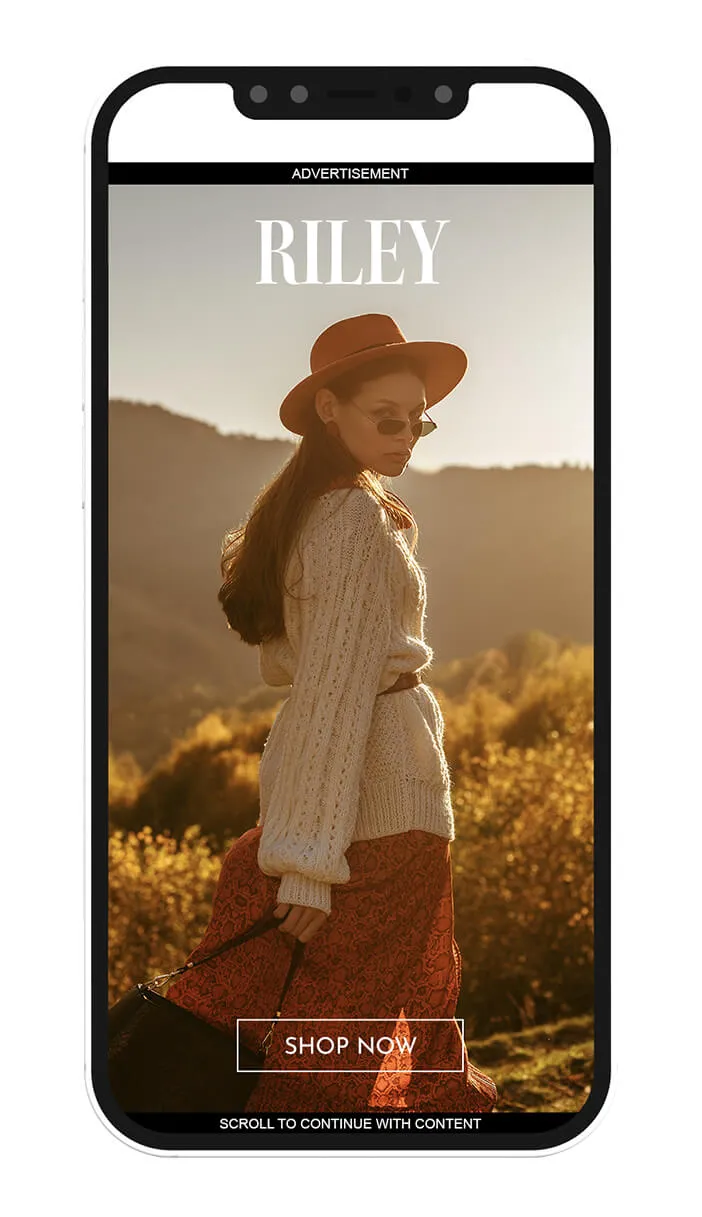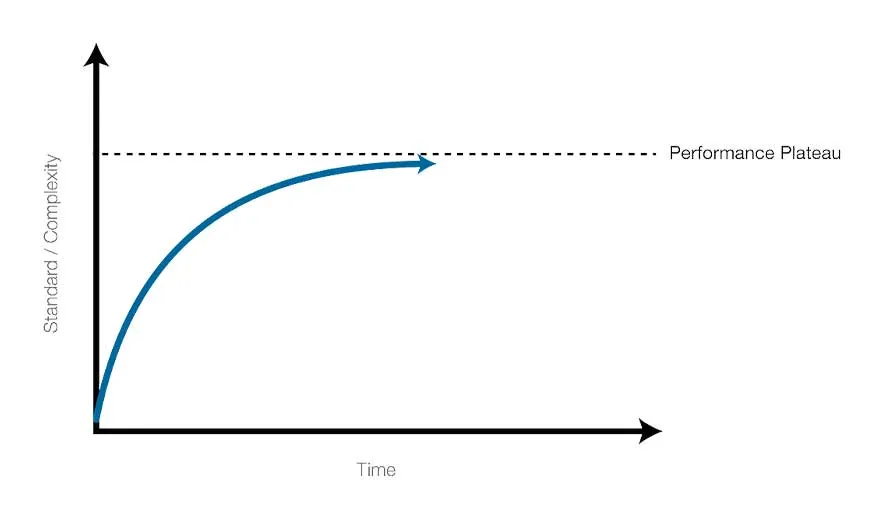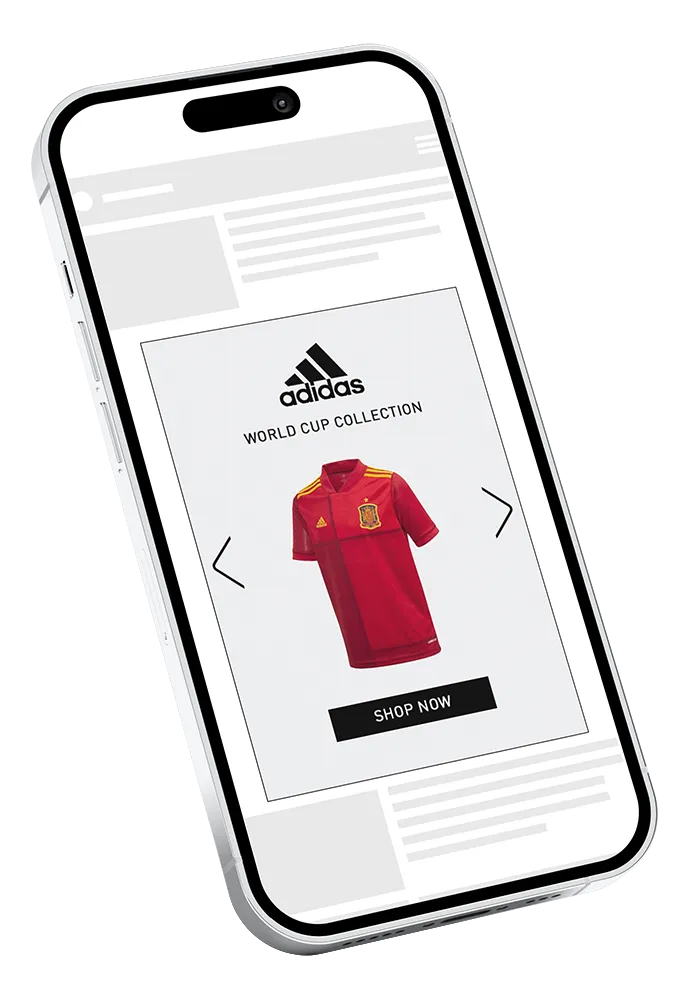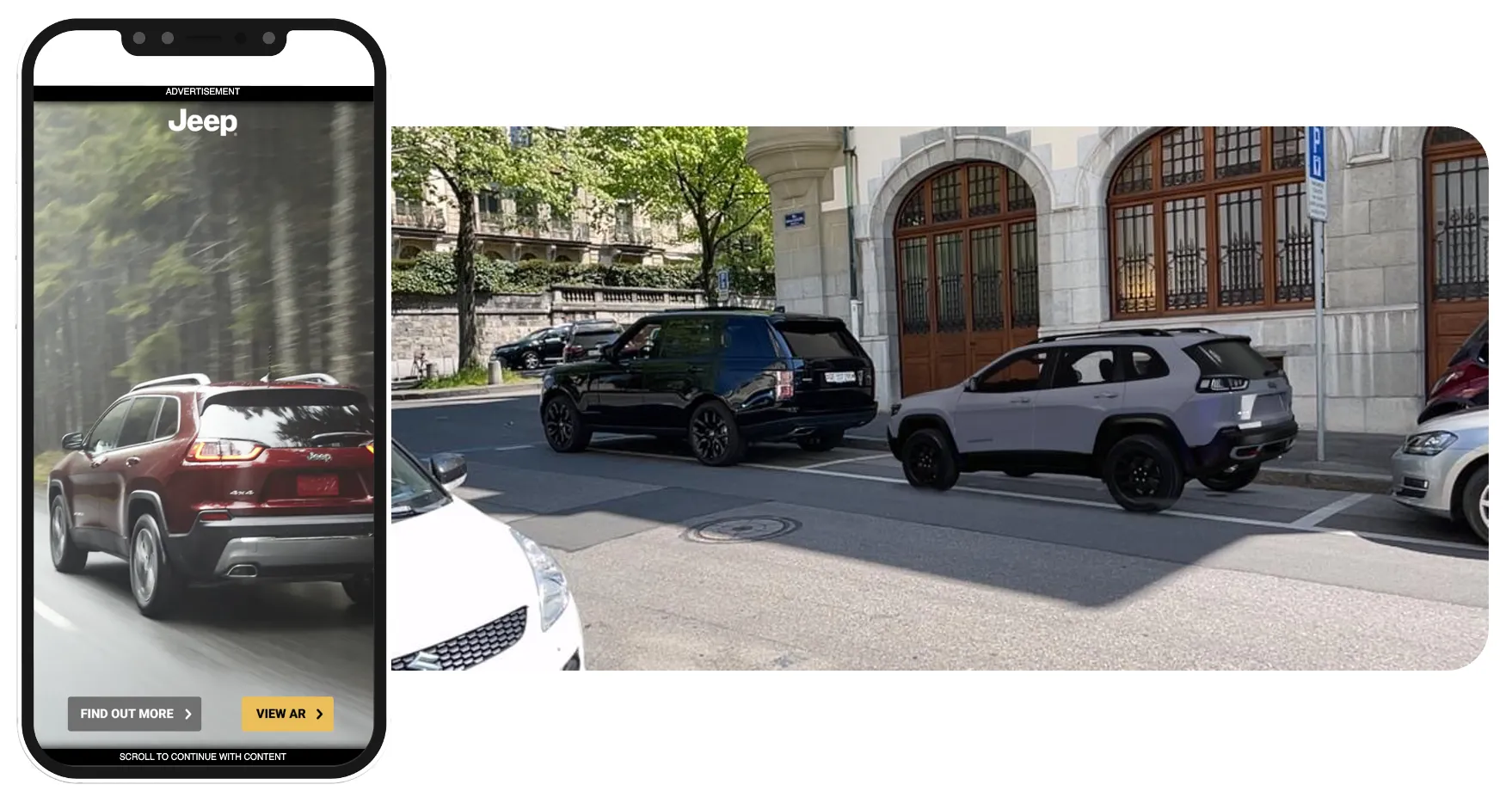Who doesn’t love a good game?
From simple scratch-offs and word searches to more complex puzzles, we could all use a little more fun throughout the day. Especially when we’re endlessly scrolling online.
Today’s consumers crave entertainment and breaks from their usual mobile usage. They don’t care about static, basic images - in fact, they’ve become pros at glossing over page elements like banners and pop-ups they perceive as ads.
One way brands can break through the noise and engage with mobile users is advergaming. By combining compelling content with fun, interactive games, you can instantly connect users with your brand.
Get ready to be inspired with these facts about mobile advergaming along with some stellar advergame examples you can experience for yourself.
What is Advergaming: Everything you need to know
The mobile advergaming definition is as easy as that…or is it?
At its core, advergaming is truly a combination of traditional advertising and gaming. This form of advertising utilizes games to encourage consumer engagement and often rewards participation.
The gamification of mobile advertising offers a happy medium between branded ads and unique, engaging content in the form of online games audiences want to play. This advertising technique is great for driving engagement and can lead to direct conversions when participants are rewarded with coupons or discount codes.
And the best part is these mobile advergames don’t have to be overly complicated or flashy. You’re not competing with big-budget mobile games, but simply offering users some entertainment as they scroll through an article or website.
Many brands can market their product or service through advergames like:
- Puzzles
- Hidden Objects
- Word Searches
- Collecting Objects
- Whack-a-mole
- Spin the wheel
- and many more...
Benefits of Advergaming
Don’t be fooled - advergaming is more than just fun and games.
Here are some facts about mobile advergaming that can’t be ignored.
Longer Exposure Time
When compared to other types of advertising, gamified ads are shown to have longer exposure time. In a recent report by Celtra, the organization found games advertising had the longest average exposure time (25.3 seconds) of all ad products.When you want your brand or product to be seen by consumers, an advergame is the best way to capture their attention for longer.
Higher Engagement Rates
Not only are advergames viewed for longer, but they also boast some of the best engagement rates. Don’t just take our word for it. See for yourself how gamified ads compare to videos, shoppable, and other ads.
It’s clear that consumers aren’t only seeing these advergames, but they actually want to engage with them.
While it’s safe to say most consumers enjoy games, utilizing advergaming is especially beneficial for engaging with a younger audience. As the experts at Forbes summarize, adding gamification elements to your content is a great way to keep Gen Z interacting with your brand.
This tech-native generation is extremely comfortable engaging with brands online and completing purchases fully through social media and ads. As this generation ages up to have more disposable income, it’s essential to use mobile advergaming to connect with them.

Improved Brand Awareness
Advergames are also perfect for building brand awareness. Because these ads are highly engaging and users spend more time interacting with them, they can help increase name recognition.
Of course, not all advergames are created equal. To build brand awareness with an advergame you need to ensure it’s memorable, branded, and user-friendly.
Less Intrusive Advertising
We get it, ads can be annoying.
Consumers are sick of flashy banner ads and annoying pop-ups they need to “x” out of. These types of ads are often viewed as being obnoxious since they disrupt their mobile experience. And the brands (and publishers) that use them can have their image tarnished by association.
On the other hand, advergames are often perceived to be neutral or non-intrusive. Since consumers are often gaining something from an advergame - whether that be entertainment or a reward - they have a more positive perception of it.
This impression can be further improved by using polite ad formats like interscrollers rather than pop-ups.
Challenges of Implementing Advergaming
Like with other forms of advertising, creating gamified ads doesn't come without its challenges. Here are a handful to keep in mind if you want to make compelling mobile advergames:
Connect with the right Audience:
Don’t create a game for the sake of fun. You need to make sure your mobile advergame connects with the right audience. For instance, a luxury handbag brand may have more success with an upscale word game while a candy company can have some more fun with a collecting object game.
There has also been criticism about how advergames (when done incorrectly) can target children who cannot distinguish between promotions and true play. Gamified ads don’t need to be dulled down. Make sure the games you create are appropriate for the audience you want to engage with.
Software Considerations:
There’s a log of leg work that goes on behind-the-scenes to release a stellar advergame. Most importantly, you need to consider mobile software. You want your advergame to be accessible on Google, Safari, etc.
Balancing Brand with Fun:
When creating a mini-game it can be easy to get lost in the fun of things. But it’s important to make sure your brand comes first. Finding the sweet spot between branding and gaming is key to a successful advergame, but is also more difficult than it sounds.
Which Brands Can Benefit from Advergaming?
The better question is which brands can’t benefit from advergaming
Advergames are incredibly versatile. From luxury brands to consumer product goods, you can create an engaging and on-brand advergame to connect with consumers. At MOBKOI, we’ve seen how gamified ads have benefitted food delivery companies, fashion brands, game franchises, candy companies, and more.
Celtra also researched how advergaming can benefit brands in the Banking & Insurance, Health & Pharmacy, Quick-Service Restaurants, and Non-Edible CPG space. Across the board, results were extremely positive. For instance...
VCR
89.4
%
Banking & Insurance
Gamified ads had the best VCR of all ad products
Exposure Time
108
s
Health & Pharmacy
had the longest exposure time of all ad products
Brands in the Hospitality, Food, and Beverage spaces can also benefit from these types of ads. Plus, they have the power to be more experimental with fun games that match their brand and products.
No matter the product or service you offer, an advergame can be tailored to your needs.
Advergame Examples That Inspire
Are you itching to try your hand at an advergame?
Remember that not all advergames are created equal. Coming up with a stand-out advergame takes the right mix of creativity, branding, and technology knowledge. Without one of these parts, your advergame can fall flat.
Strongbow GOAT Campaign
As you can experience for yourself, the advergame allows users to press play to initiate the game. It’s also a prime example of polite advertising. The 100% full-screen interscroller seamlessly appears as you scroll and can be easily dismissed if you choose to continue scrolling. It doesn’t abruptly disrupt the user experience like a pop-up ad.
The mobile advergame leverages a simple side-to-side controller so the user can move the goat’s head to collect falling berries. Simple rules and a scoring system are given to understand the objective of the game.
At the end of a quick 15-second game, the score is displayed. Users are told they “Are The G.O.A.T.'' and encouraged to “Drink The G.O.A.T”. It’s a simple but clear message that entices consumers to make a direct purchase of the product if they choose.
And even if users don’t make a purchase, the campaign is likely to stick with them. From the vibrant purple shade to the consistent and cheeky goat messaging, users are more likely to remember the Strongbow name
Experience an Advergame
If you’re ready to see a stellar advergame in action, try your hand at the Strongbow GOAT campaign.
Hover and scroll over the phone to reveal the game
OR view this page on your mobile to reveal the full screen advergame in a mobile environment.
SCAN QR CODE TO
VIEW THIS EXPERIENCE FULL SCREEN ON MOBILE
Time

What makes this advergame so great?
It prioritizes a good user experience.
An advergame must go through multiple tests and iterations to ensure it works seamlessly during its release. In this case, the Strongbow creative was tested across all mobile browsers and devices before it was released. There were some challenges to overcome with getting the controller functionality to work on Safari, which led the MOBKOI team to decide upon a different controller experience.
With a lot of hard work and collaboration, the finished product is certainly one to be proud of.
We’d say it’s a contender for the G.O.A.T. of advergames.
Final Thoughts
So, will advergaming be the future of interactive advertising?
It certainly is gaining traction for brands across a variety of verticals, but it may not be the best approach for all... it all depends on your audience, brand guidelines and campaign objectives.
One thing's for sure, when advergames are done right and strike the perfect balance between branding and fun, they are significantly more effective than your standard display ad.






































































